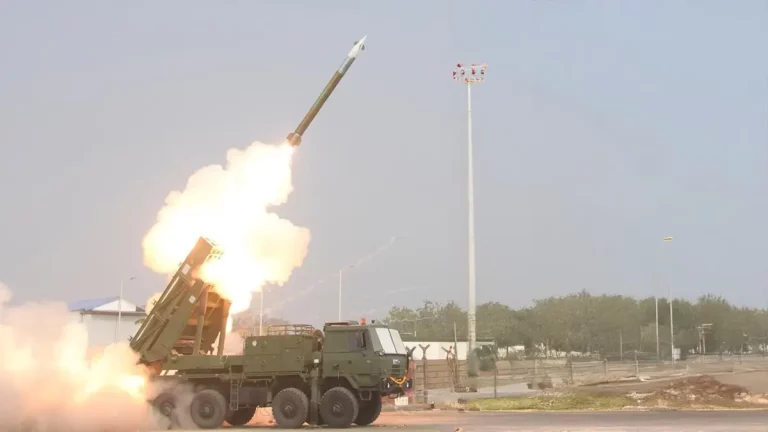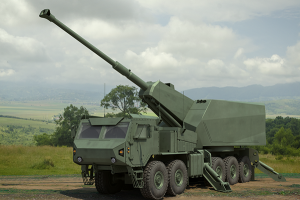India has reportedly conducted a successful test of a new hypersonic missile capable of traveling at speeds reaching Mach 8—eight times the speed of sound—and striking targets at distances up to 1,500 kilometers. Known as the Extended Trajectory Long Duration Hypersonic Cruise Missile (ET-LDHCM), this advanced weaponry is a product of the Defence Research and Development Organisation’s (DRDO) Project Vishnu. This development marks a significant leap ahead of the existing BrahMos cruise missile, which operates at Mach 3 with a range of approximately 450 kilometers.
The successful test comes at a time of increasing geopolitical tensions, particularly related to the ongoing conflict between Israel and Iran, as well as deteriorating relations between India and Pakistan. With Turkey’s growing alignment with Pakistan, India is prioritizing the acceleration of its defense modernization efforts. The enhancements across its missile program are not limited to the ET-LDHCM and also encompass upgrades to existing systems, including BrahMos, Agni-5, and Akash.
The innovative ET-LDHCM features an air-breathing scramjet engine, which allows it to utilize atmospheric oxygen for propulsion, a significant departure from traditional missile technology that often relies on a rotating compressor. This enhancement not only enables the missile to travel at speeds of approximately 11,000 kilometers per hour but also extends its operational range substantially compared to the BrahMos.
Engineered for stealth and tactical versatility, the ET-LDHCM can deliver a payload weighing between 1,000 and 2,000 kilograms, including both conventional and nuclear warheads. Its ability to maintain low-altitude flight helps it evade radar detection, while high targeting precision makes it capable of striking critical infrastructure, even in complex terrains. The missile can be launched from multiple platforms—land, sea, or air—and possesses the capability to alter its trajectory mid-flight, providing it with enhanced adaptability in various combat scenarios.
Designed to withstand extreme thermal conditions, the missile maintains operational stability even at temperatures soaring up to 2,000°C during hypersonic flight. This resilience is essential for preserving both speed and accuracy during its missions.
If the ET-LDHCM test is validated successfully, India would join a very select group of countries, including Russia, the United States, and China, that possess operational hypersonic cruise missile technology. The strategic intent behind developing this missile system is to bolster India’s deterrence strategy, particularly concerning threats from Pakistan and the increasing influence of China in the Indo-Pacific region.
This ambitious project signals India’s commitment to advancing its defense capabilities amid a challenging global security environment.


















